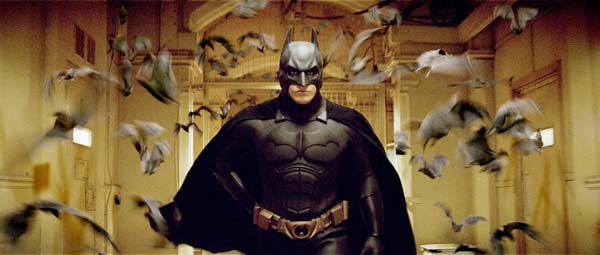When the weather forecast says today will be sunny, it always seems to rain (and vice versa). In fact, according to a US study, forecasts are sometimes less accurate than flipping a coin. If not even professionals can accurately predict the weather, can ordinary people like you and I do it?
The key to this is observation. By carefully studying your surroundings, you can look in to the future.
There are many signs before rain comes. For example, if the sunset is unusually clear or if a mountain far away looks smaller or hazy then it is very likely that it will rain the next day. If you see a rainbow in the morning it suggests rain is coming from the west. On hot days without any wind, it is likely there will be a heavy shower.
Animals are also adept at telling the weather. Frogs crying, worms coming out and swallows flying low are all signs that the air is humid and rain is coming. Swallows are especially accurate, as they fly low to catch insects that cannot fly high due to the humidity weighing them down.
If you are at the beach and there is a swarm of jellyfish, avoid going out to sea. Jellyfish near the coastline is a premonition for a storm.
If a more accurate weather prediction is required, the most precise method is cloud observation. If you study them carefully they comprise three tiers, with some clouds rising vertically.

Clouds in the highest level
- Cirrus: Very fine, white feathery clouds that almost look combed over. If these clouds are curvy and organised the weather will be fine, but if they appear banded or spread chaotically they can gather and form rainclouds and start a shower.
- Cirrostratus: Looks like a veil of cotton curtaining the sky. They cause halos around the sun and moon, which is a sign of imminent rain.
- Cirrocumulus: Looks like a spread of seashells on a beach. If you find these clouds over a beach in winter, it will rain soon.
Clouds in the middle level
- Altocumulus: Either appears as an ordered stream of rounded clouds, or looks like a herd of sheep. If these clouds shrink in size, the weather gets better (and vice versa).
- Altostratus: Shaped like streaks of veil across the sky. They are often light grey or very dark. If they become thicker or sink to a lower level, it is a sign that the weather will be cloudy with a chance of rain.
- Nimbostratus: The common “raincloud”, bringing rain and snow.
Clouds in the lowest level
- Stratocumulus: Clumps of clouds that appear in layers without clear boundaries. You can see clear sky through gaps between them. If you can see clouds that were cumulus in the afternoon changing to stratocumulus by sunset, the weather will be great the next day.
- Stratus: Looks like fog covering a low sky. If they come in the morning and disappear by night, that day will be clear. However, if they lie between altostratus and a canyon, it will rain.
Clouds that rise vertically
- Cumulus: Fluffy clouds that you can see on a clear sky. If they disappear by evening the next day is clear, but if they can be seen late at night or float north-westerly, it is a sign that it will rain.
- Cumulonimbus: Massive cloud pillars that rise to the level of cirrus. It always brings heavy rain and sometimes a thunderstorm.
If you know how to observe and analyse cloud patterns, you can predict the weather even when stranded on a desert island.










